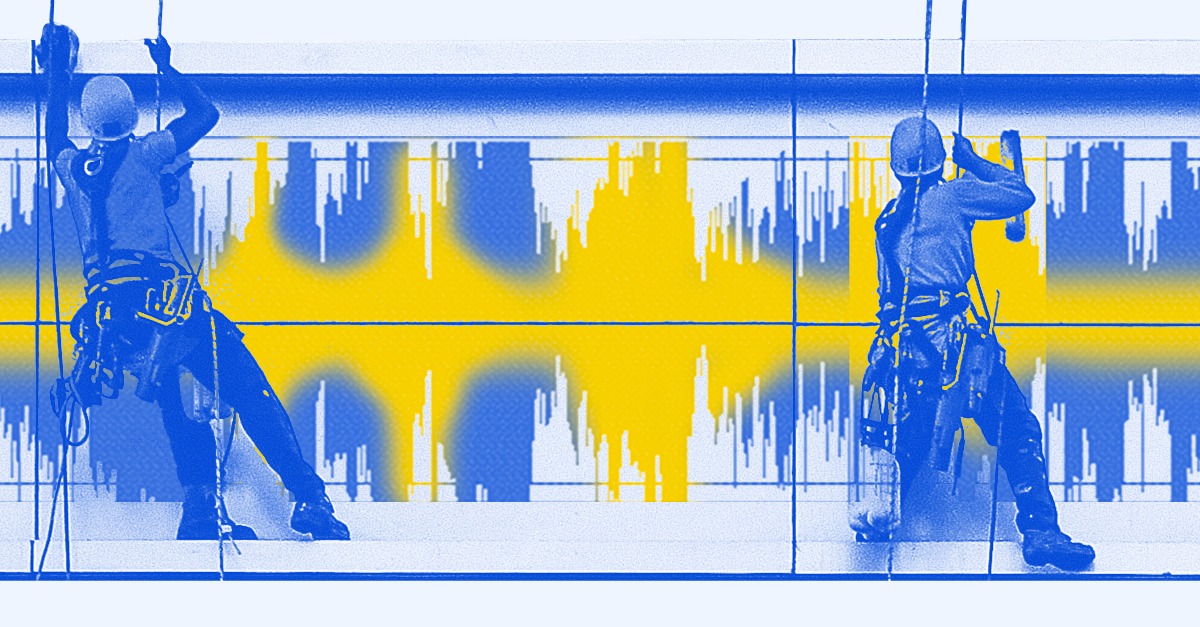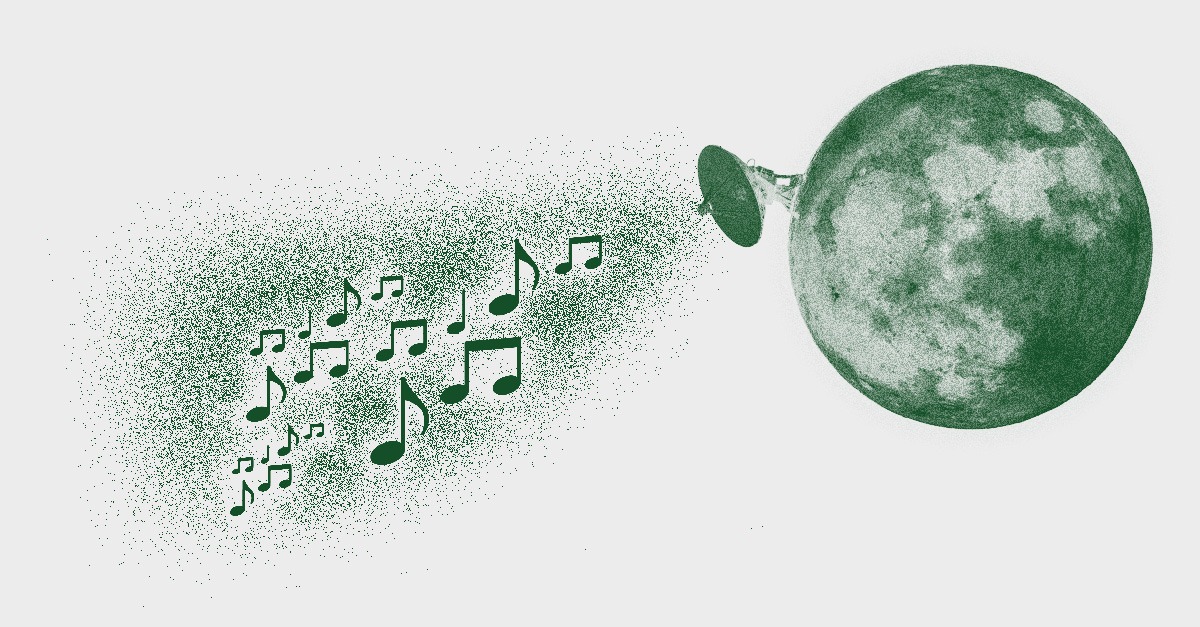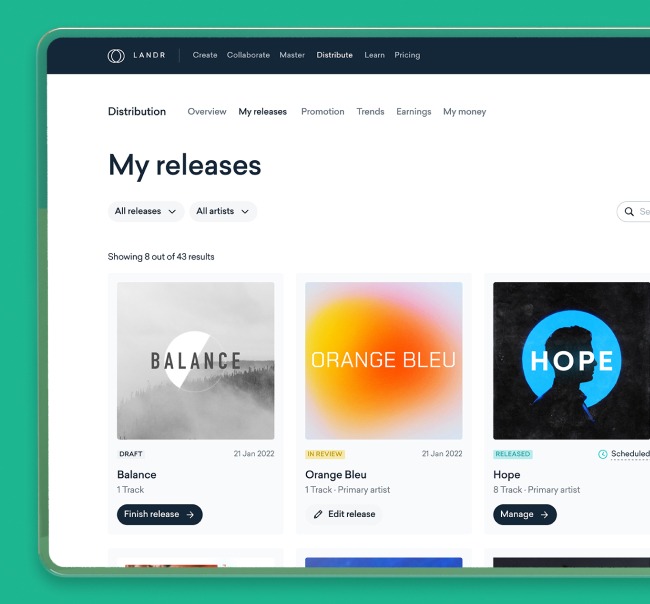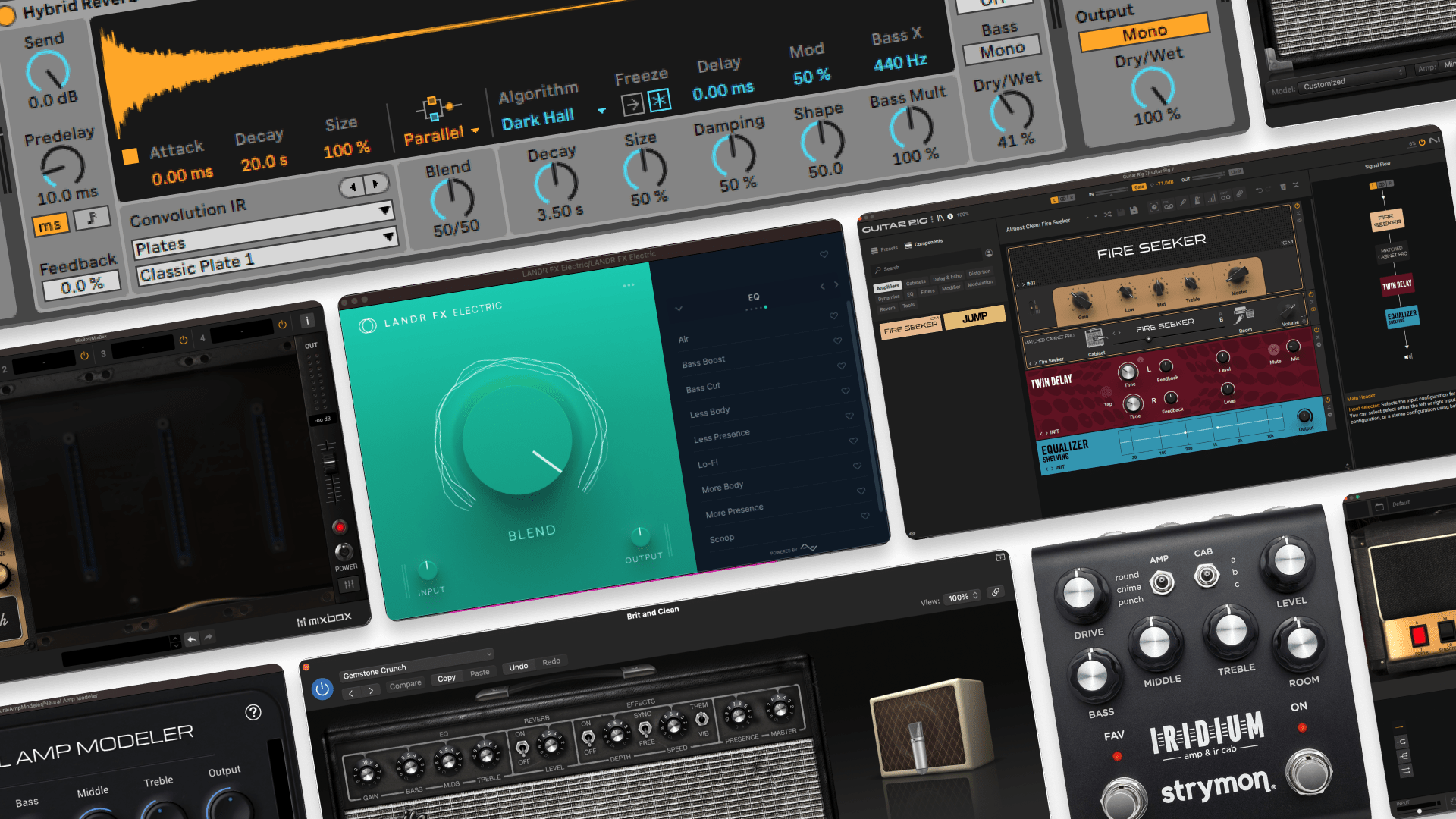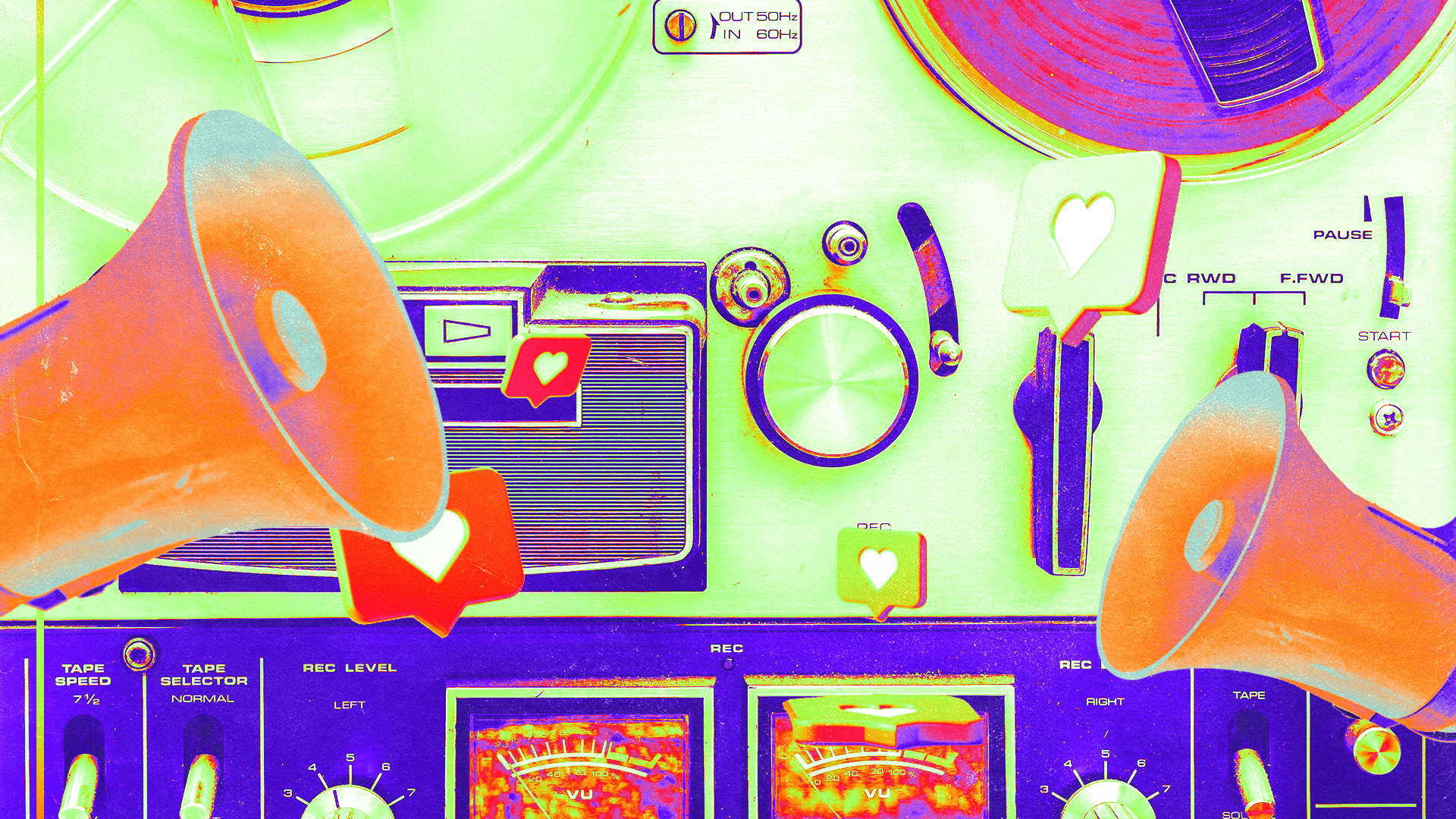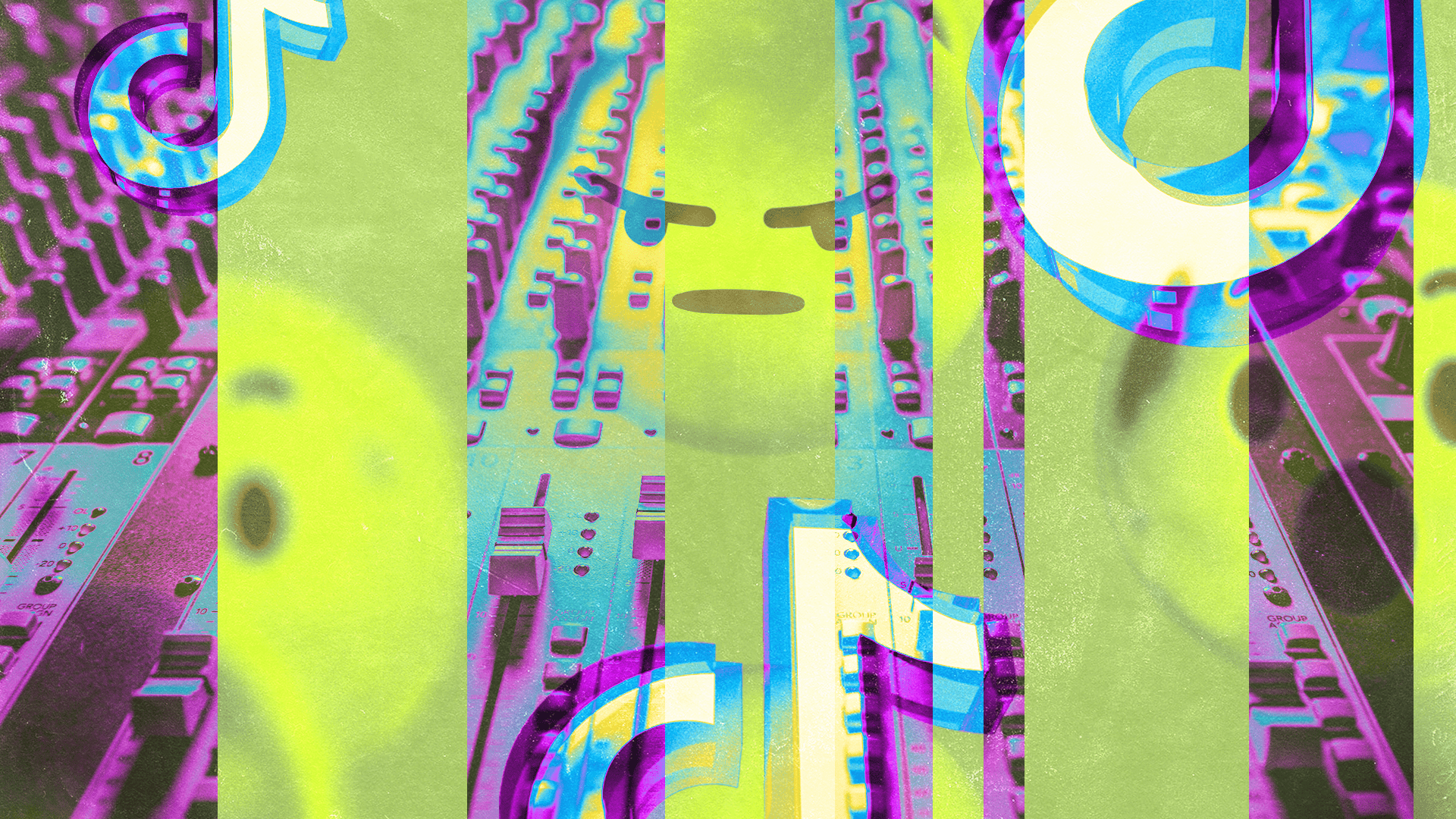
How to Make an Album: A Complete Guide

Making an album of great music is a bucket list item for many aspiring artists. But, starting from square one might make you feel intimated by the marathon ahead.
With any big goal, it’s good to break up the project into smaller steps.
As an artist who’s helped write a handful of albums, let me lead you through the steps you’ll need to work through to write your first album.
What is an album?
An album is a collection of songs by one more atists presented as a unified body of work with a specific track order lasting at least 30 minutes.
The album format became popular in the 1950s when “long-playing” vinyl LPs became a widely used medium for storing music that could be played on increasingly more affordable record players.
Artists like Elvis and Duke Ellington were initially drawn to the album format for its ability to compile collections of singles as a larger, more accessible publishing medium.
Slowly, lounge singers and country artists discovered that album was a great way of showcasing a body of work, with the Beatles ultimately perfecting the concept album with “Revolver”.
Today artists tend to follow the Beatles’ footsteps, approaching album creation with the attitude of following a unified and complete creative concept.
How long is an album?
When vinyl records became popular, album lengths were defined by the amount of music that could be stored on a single 12” long-playing (LP) vinyl record—about 23 minutes per side for a total of 46 minutes.
Today streaming platforms classify any release that’s 30 minutes or longer as an album.
So if you’re distributing your release to streaming platforms and you want it to fall under the album section of your artist profile, you’ll need at least that much material.
Otherwise, your release will be classified as an EP if it’s under 30 minutes and has four seven tracks or a single if it has less than four tracks.
How many songs are there on an album?
The answer is that it’s up to you since it depends on how long your songs are.
But usually an album will consist of 8-15 songs averaging about three minutes and 30 seconds each.
How to make an album in 6 steps
1. Write 8-15 songs
We know writing music is why you’re here, but to state the obvious, you need about 10-15 songs to make an album.
At an average of three minutes and 30 seconds per song, you’ll need 10-15 to fill out an album.
If you’re intimidated by the challenge presented by writing 10-15 album-worthy tracks, I understand you.
But, remember that songwriting is an ongoing process. Commit to playing your instrument or sitting down at your DAW and writing music as often as you can and ideas will come.
It’s about the journey, not the destination. So, enjoy the music writing process and embrace all the challenges that come with figuring out how a song should sound.
My best advice for the writing process is to always walk away from a writing session with something you can listen to.
Creating a recording will tell you what a song might need and if it’s worth continuing to work on.
Whether it’s a voice memo on your iPhone or an unmixed demo made with a home recording setup, demoing is a huge part of the songwriting process.
Many artists write more songs than they need to fill out their album since ensuring the album sequence fits into the context of the project as a whole means only some songs will make the cut.
Over time as you refine your demos, your goal will be to assemble a final tracklisting of 10-15 songs.
2. Record your album
Once your demos are ready it’s time to make a final recording that’s album worthy.
Depending on the genre of music you make, there will be different requirements for coming up with your final recording.
For electronic artists, your demos may already be close to final, especially if you work with loops and instrument plugins. Finalizing your recordings may be as simple as making arrangement decisions and bouncing your tracks.
If you have to record vocals or a band with live instruments, you’ll need some home recording gear at minimum, and you may even need to book studio time at a professional studio.
Not to mention that recording a live band means rehearsing with bandmates, bringing on hired musicians and planning around a few recording sessions.
Even if you’re multitracking—the process of dubbing parts over recordings from previous sessions—you’ll still need a decently large recording setup to record drums and guitar.
Since vocals are so personal and the voice changes day-to-day, finding the right sound may require multiple recording sessions.
Grabbing a good vocal mic and setting it up at home might be a great idea if its taking time to get the perfect take.
Remember, your vocals will make your track stand out, so don’t make any compromises here.
So if your plan is to turn your demos into great recordings be prepared to spend time practicing and rehearsing ahead of recording day.
🧠 Hot tip
3. Mix your recordings
Getting to the post-production stage is a huge milestone. It essentially means the creative heavy lifting is done.
With your album concept in place, all you need to do is produce a mix of your album that you like and then master it.
Mixing is an entirely different process than writing music or recording. It’s an artform where you need to use your ears and make decisions that impact the overall sound of your songs.
To mix your record you’ll need a handful of plugins to process your audio with EQs, compressors and effects like reverb, delay and distortion.
You do need technical expertise to properly mix your music, so check out our past articles on mixing or take an expert-guided course from our instructors over at LANDR Learn.
4. Master your album
Mastering is the final process needed to finish making an album.
You need to master your music if you want it to compete with modern loudness standards on streaming services, radio or anywhere else music is played.
It also adds the final touches and polish needed to make your recordings sound the best they can.
Traditionally you could hire a mastering engineer to master your album, but today AI-mastering plugins are able to produce convincing masters that rival pro engineers for a fraction of the price.
So if your on a budget use AI-mastering and save your money for hardware like microphones, instruments and recording equipment.
5. Create artwork and promotion content
Finalizing your mastered album marks the final step of the music production process, and It means your release has moved into the branding and promotion phase.
Almost everyone’s first interaction with your album will be with its album artwork, not the music itself. So, releasing your album with great artwork, is extremely important.
But that’s just beginning. In our incredibly visual age the overall aesthetic, look and feel of your music is a huge part of your listener’s experience.
Fans will form a relationship with you over social media, your music videos will create vivid memories about your tracks, even simple things like your project’s type face and logo will immediately invoke your sound.
For those who haven’t heard you, your visual aesthetic will immediately send signals about what to expect if and when they hit play.
That’s why your branding, art direction and promotion strategy is so important if you want your music to have success.
Here’s a few things to think about planning an album release:
- Overall art direction
- Fonts, logos and colors
- Press photography
- Styling
- Album art
- Liner notes and insert artwork for physical copies
- Music videos
- TikTok style videos
- In-feed instagram posts
- Story posts
In general, you’ll need to put some serious thought into how you’ll present yourself.
I think the best place to start with a simple mood board from where you’ll draw inspiration and start conversations about art direction
🧠 Hot tip
6. Choose a music distributor
If you want to release your music on streaming platforms like Spotify, Apple Music and the like you need to work with a music distribution service.
Fortunately, this is one of the easier things involved with releasing your record.
Once you’ve chosen the best distribution service for you, all have to do is upload it and set your release date and your distribution service will take care of the rest.
Your music distribution service provider should be able to manage everything about your releases from payouts, songwriting splits and even accessing your Spotify for Artists profile.
Look for a service that offers you all of this, plus an excellent reporting dashboard that gives insights about your audience and extras like music production software, samples and tools.
7. Create a release plan
The countdown begins now. With your finished album and artwork in progress, it’s time to set a release date and build around it.
Every artist’s release plan will look a different, but here’s some milestones that might make sense in your release calendar:
- Announce that something is coming up
- Single release day
- Album release date, show and/or party announce and invite
- Release and launch party day
- Radio and PR sendouts
- Post-release social media content
- Touring and performance
As the complexity of your release increases you’ll need buffer time to finish work on components like video, photo and artwork.
A typical workback schedule for an album release is three months from when you get your final masters, since you’ll need time for production and feedback on every aspect of your launch.
Video production will especially add time to your work back period, since shooting, editing and finalizing any video content is notoriously time consuming.
For any album launch, it’s common practice to drop a single or two in the lead-up to the full release, this helps to build hype around your body of work.
Your singles should launch with their own artwork and branding at a minimum, but you’ll likely want to release a music and additional content about your singles, since that’ll only help drive momentum towards the big launch.
Of course, things can happen in tandem, while you’re working on songwriting and demoing your tracks, keep notes of any ideas that come to mind about how you envision your release.
When your music hits the mixing phase, it’s not a bad idea to start approaching creatives with a pre-mastered version to start giving collaborators and idea of where your tracks are going.
So keep ahead of the curve and have your release plan in mind the second you’re rounding the corner on finishing up song-writing.
That’s how you make an album
From dreaming to streaming, making your first album is a journey.
You’re going to hit roadblocks and have moments of frustruation—but the rewarding feeling of creating a permanent piece of art that belongs to the world forever compares to nothing.
So tackle it one day at a time, don’t quit making music and enjoy the process.
Good luck with the album!
Gear guides, tips, tutorials, inspiration and more—delivered weekly.
Keep up with the LANDR Blog.








